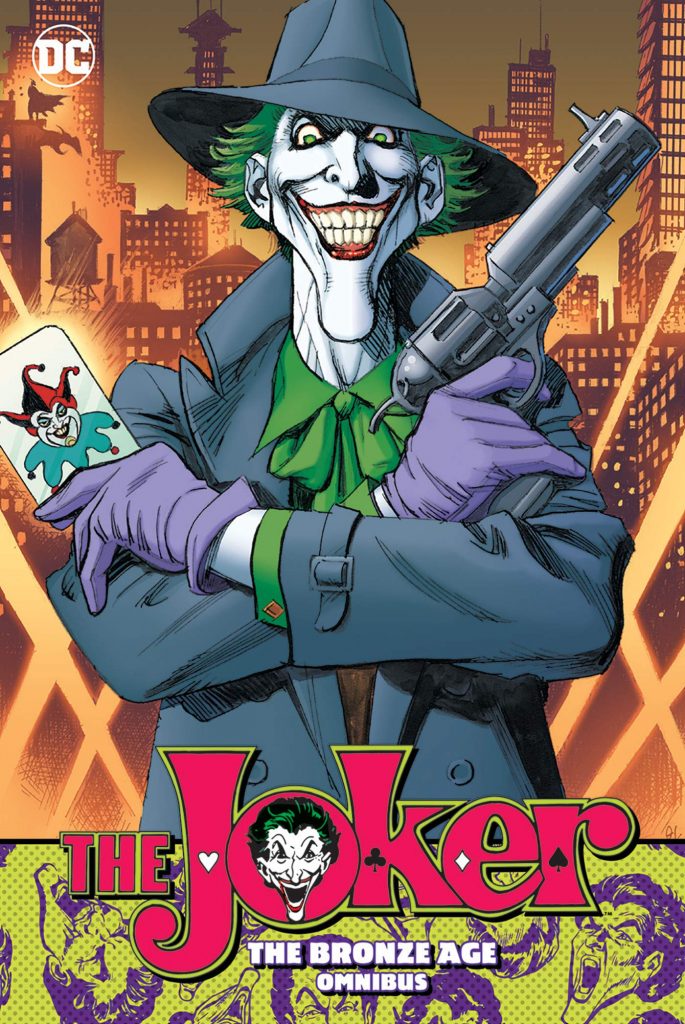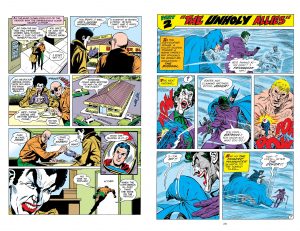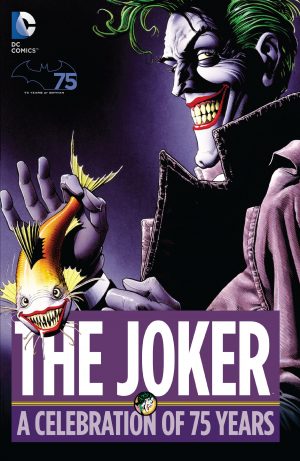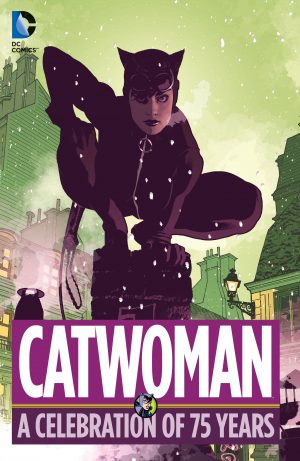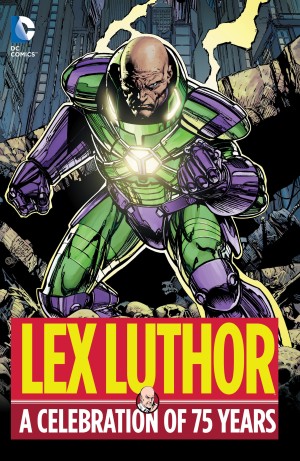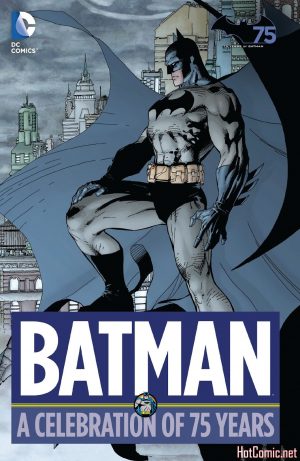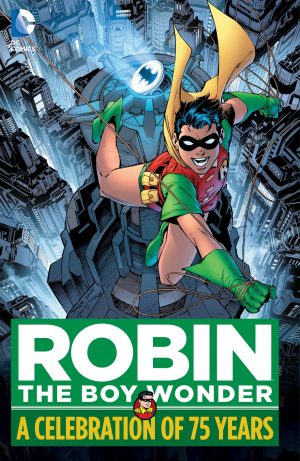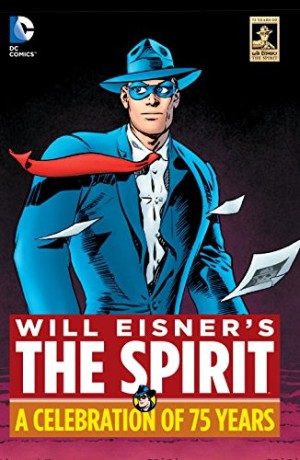Review by Frank Plowright
It takes over 800 pages to verify the claim of presenting every Joker story between 1970 and 1986. Restricting the selection to a specific period theoretically solves the drawbacks of most previous Joker anthologies, duty bound to feature appearances from the 1940s and 1950s, now terribly dated and curiosities only. However, being period complete requires the entirety of the Joker’s mid-1970s comedy series.
The back cover emphasises the first printing of The Joker 10, which may sound alluring unless you’re familiar with the run. The tone required balancing stories starring a homicidal maniac with the rules of the Comics Code Authority, who had to approve every issue as wholesome. Writers Denny O’Neil and Martin Pasko and primary artist Irv Novick deliver material to that remit, but surely most Joker fans prefer a more boundary-pushing approach, and the comedy accounts for just under a third of the content. Novick’s sample page is a succinct summary. If you’re enticed, the entire series is also found in paperback as The Clown Prince of Crime, although without the never previously published tenth issue.
It’s representative of the variable approach throughout. Every fondly remembered story by O’Neil and Neal Adams or Steve Englehart and Marshall Rogers is matched by several three act plays where there’s little on offer beyond wackyness, giant toys and Joker gas. O’Neil’s opener in which the Joker decides to destroy the Justice League features none of that, but still hasn’t aged well, the shock of Snapper Carr’s betrayal negated by his barely being used at DC for forty years. That fits the theme of content lacking Batman as primary adversary not being anything special, with the exception being Paul Levitz having the Huntress lure the Joker out with a neat trick on a piece graced by some great Joe Staton cartooning. It’s always nice to see any José Luis García-López art printed on decent paper, even if it’s wasted on poor stories, and another treat is the reprinting of Batman’s 400th issue featuring rarely seen Batman pages from Art Adams, Brian Bolland and Bill Sienkiewicz among a stellar artistic roster.
Bob Haney’s stories have Batman teaming with others to take on the Joker, and they’re all plot-driven dramas reading even better in context for a Joker that’s psychotic, but not using gimmicks. Having all these featuring Jim Aparo’s dynamic storytelling is also very welcome (sample art right). With the 1971 O’Neil and Adams story that rescued the Joker from the TV clown persona DC have elected to use versions nearer the original flat colouring rather than the computer coloured pages they’ve been using for Adams reprints of late. That still reads well, as do the collaborations between Gerry Conway and Don Newton, dramatic and impeccably drawn.
The remaining work varies from being of its era to very average creators lacking inspiration. That DC have issued this collection under a cover design very different from their other Bronze Age Omnibus publications indicates a shift of marketing emphasis away from fans in their forties and up who remember the original comics. It’s intended for youngsters who enjoy 2019’s Joker film, or more precisely for the relatives of those youngsters, with money to spend on them. It’s difficult to see the crossover. That Joker is only seen in brief glimpses here, in the darker pages of Sienkiewicz perhaps, so that audience is likely to be disappointed. Anyone willing to accept an assortment of Joker personalities may find much to enjoy.
